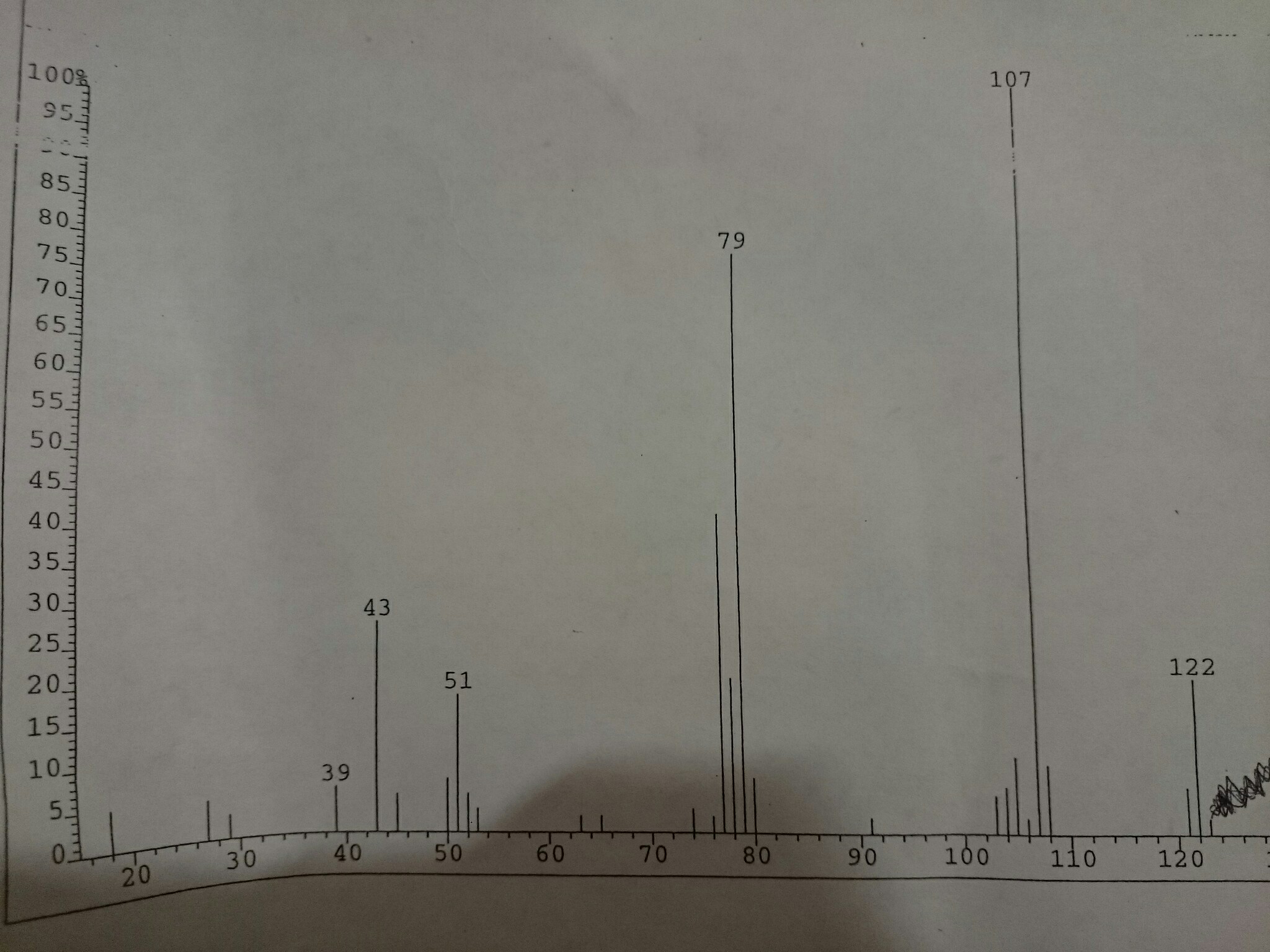I've been trying to solve the structure of a molecule from a $^{13}\ce{C}$ and proton NMR as well as a MS spectrum, but I've been stumped, I've been staring at it for a while with no improvement.
I've attached the images below. From the MS, I understand the Mr of the molecule to be 122, the $^{13}\ce{C}$-NMR suggests six different environments.
The part that confuses me the most is on the NMR. There is a 3 hydrogen doublet and a 4 hydrogen singlet. I went on to assume that the structure might be some sort of aromatic and symmetrical, and maybe 2 carbons in the same environment so that the formula might be $\ce{C7H10N2}$, this accounts for the Mr and the fact there is an exchangeable proton peak.
The spectra I've been provided are poor quality, so I can't even work out the coupling constants, or properly view the peaks.
I still can't figure out what it might be. Can you point me in the right direction please. I have a feeling I've been confusing myself over something that's simple.



